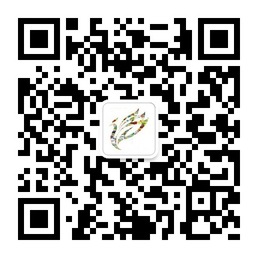Online Bookstore
- Studies on Modern Chinese Syntax (Chinese Version)
- A Pedagogical Grammar of Chinese (Simplified Characters Version)
- Purpose, Principles, and Methods of Teaching Chinese as a Foreign Language (2nd Edition)
- Explorations of Grammar of Teaching Chinese as a Foreign Language (Revised and Enlarged Edition)
- A summary of questions in theories and practice of teaching Chinese as a foreign language
Theoretical Studies and Use of Cross-Cultural Communication
Author:Bi Jiwan
- Medium:Books
- ISBN: 9787561939482
- Page Count: 185
- Size:
- Pub Date:2014-12
- The book weight: 324 g
- Annotation Language:
- Course:Non-textbook
- Target Audience(Age):Adults
- Target Audience(Language):
- The Series: Chinese Language Teaching Experts' Forum Series
- Price:
-
Category: Academic Research













